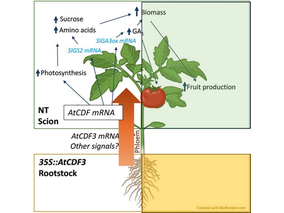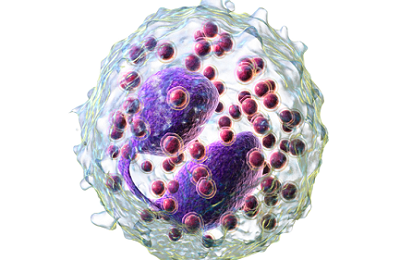Researchers from the CBGP (UPM-INIA) group “Plant-pest molecular interactions” have revealed the existence of a complex network involving reactive oxygen species (ROS), related compounds and enzymatic activities. This network plays a key role in the defence response of Arabidopsis against the two-spotted spider mite, an important pest able to feed on many crops.
For that, four ROS-related genes that were differentially expressed between the resistant Bla-2 and the susceptible Kon Arabidopsis accessions were selected. These genes encode proteins putatively involved in the generation (BBE22) and degradation (GPX7 and GSTU4) of H2O2, and in the degradation of ascorbate (AO). Overexpressing BBE22 and silencing GPX7, GSTU4 and AO resulted in higher leaf damage and better mite performance. These effects were accompanied to major changes on the expression of genes related to ROS-metabolism and JA and SA signaling pathways, and on ROS-related enzymatic activities.
Original Paper:
Santamaría, ME; Arnaiz, A; Velasco-Arroyo, B; Grbic, V; Diaz, I; Martinez, M. 2018. "Arabidopsis response to the spider mite Tetranychus urticae depends on the regulation of reactive oxygen species homeostasis". Scientific Reports. DOI: 10.1038/s41598-018-27904-1".

The research team observed changes in head circumf...

AtCDF3 gene induced greater production of sugars a...

Un estudio con datos de los últimos 35 años, ind...

En nuestro post hablamos sobre este interesante tipo de célula del...

La revista ‘Nature Protocols’ selecciona esta técnica como “pro...
Biotechnology portal in Spain
Subscribe to our newsletter and stay up to date with the latest news and deals!
2013 © Biotech-Spain.com - Site Developments SL. All Rights Reserved. Terms of Service | Privacy Policy
Articles
Directory
